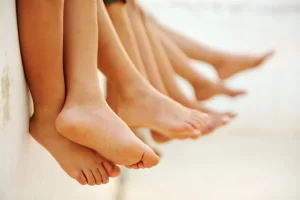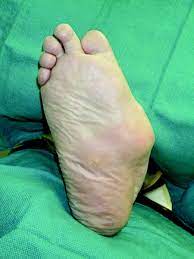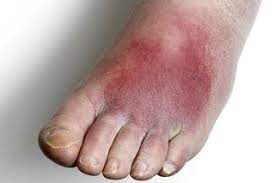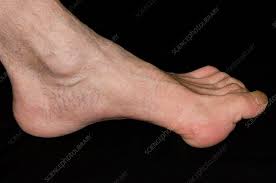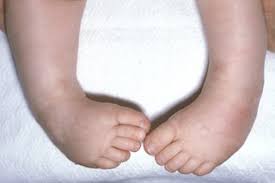
Clubfoot, also known as congenital talipes equinovarus, is a congenital condition that affects one or both feet. It is characterised by a deformity in which the foot is turned inward and downward, and the heel is elevated. The foot is also shorter and narrower than normal.
The cause of clubfoot is not well understood, but it is believed to be a combination of genetic and environmental factors. It is not a painful condition in infants, but if left untreated, it can cause significant problems later in life, including pain, difficulty walking, and a reduced range of motion in the affected foot.
Treatment for clubfoot usually involves a combination of nonsurgical and surgical interventions, depending on the severity of the condition. Nonsurgical treatments may include the use of casts, braces, or orthotics, while surgery may involve releasing tight tendons or ligaments, or realigning the bones in the foot.
With early and appropriate treatment, most children with clubfoot are able to develop normal walking patterns and lead active, healthy lives.


